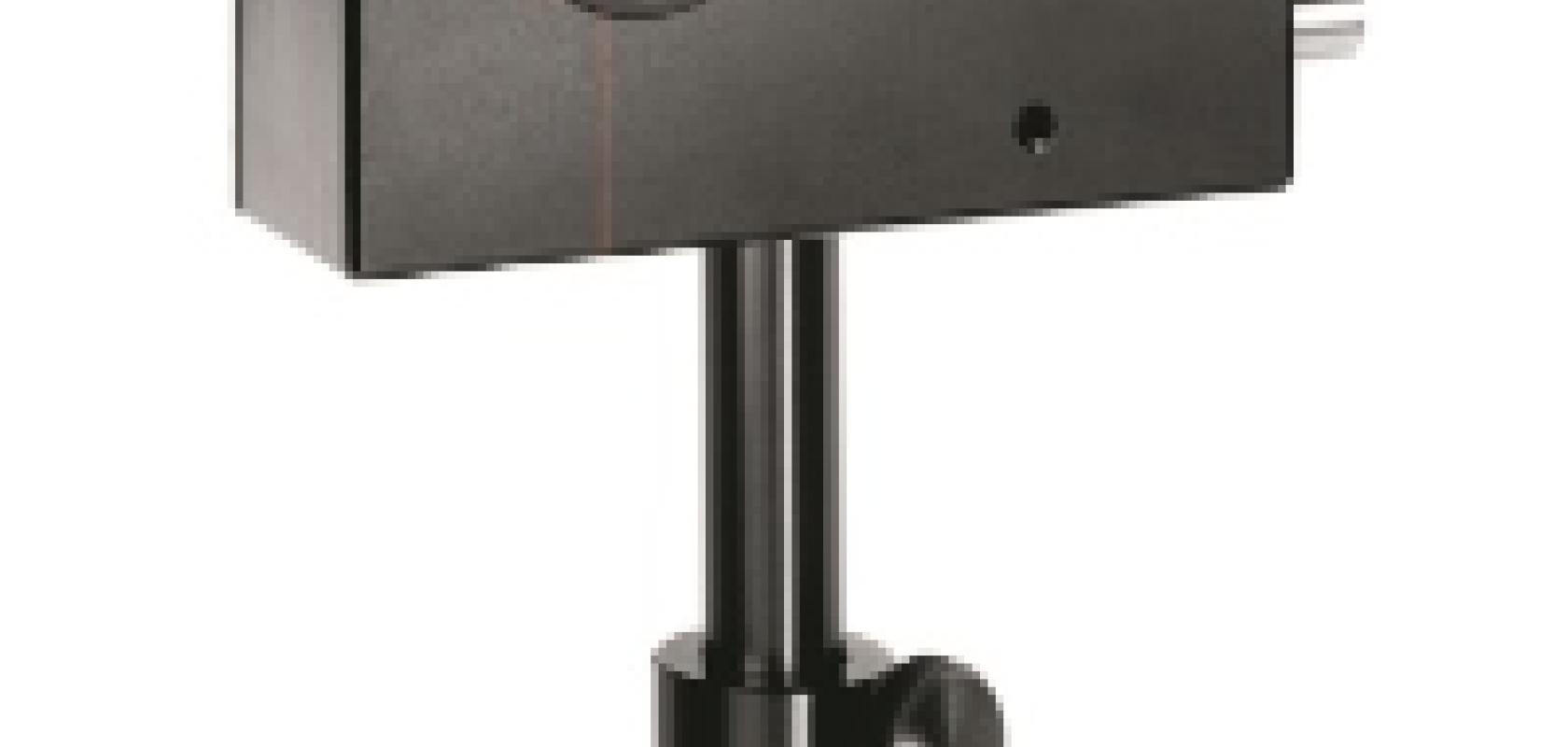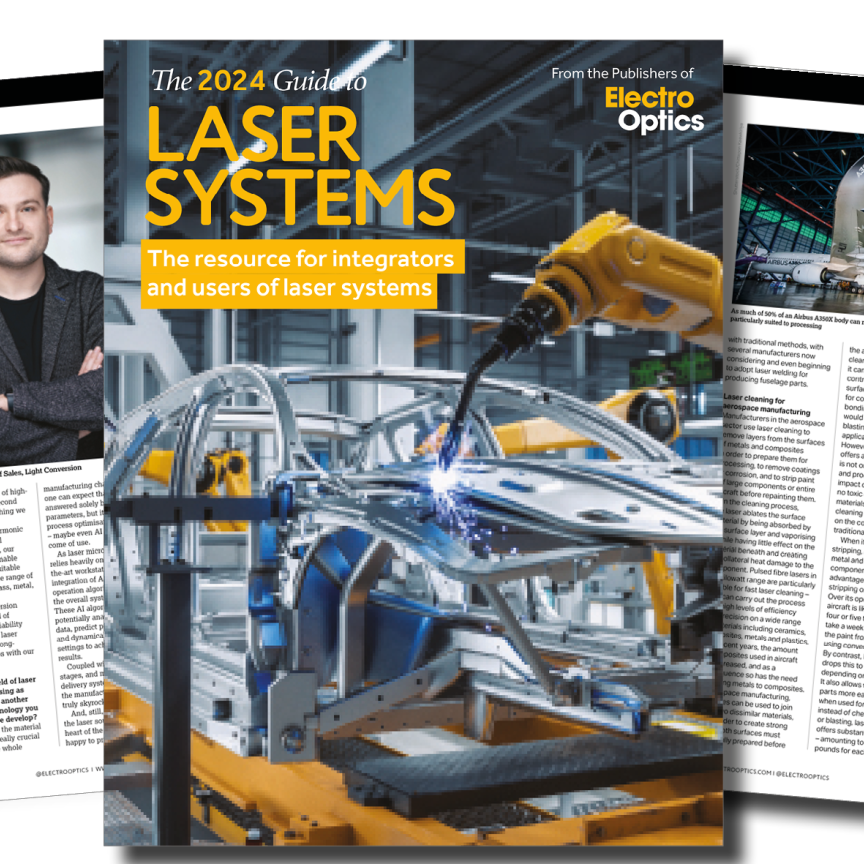Choosing a Laser Beam Profiler

A laser beam profiler will increase your chance of success anytime you wish to design or apply a laser or when you find your laser system manufacturing subsystems are not meeting specifications. You would never think of trying to build a mechanical part without a micrometer available. So why attempt to build lasers or laser systems with only a power meter? You will produce results quicker if you can measure basic things like beam width or size, beam profile and power.
As Lord Kelvin said: 'You cannot improve it if you cannot measure it'.
Four Basic Questions
When choosing a laser beam profiler there are a plethora of choices to do the job, including CCD and CMOS cameras, scanning slits, InGaAs and pyroelectric arrays, pinholes, and knife edges to mention some. How does one decide which is the proper solution for one’s application and from which company to obtain the profiler system? When making the selection there are four basic questions about the laser application that one must answer.
Wavelength?
The first question is: What wavelength(s) do you intend to measure?
The answer to this question determines the type of detector needed, and what the most cost effective approach may be. For the UV and visible wavelength range from <193nm up to the very near infrared at around 1320nm the silicon detector has the response to make these measurements. For these wavelengths there are the largest number of cost effective solutions including CCD cameras and silicon detector equipped scanning aperture systems. Which of these is the best will be determined by the answers to the other three questions.

For the near infrared, from 800 to 1700nm, the choices become less abundant. In the lower end of this range from 800–1320nm the CCD cameras may still work, but InGaAs arrays become necessary above 1320nm. These are quite expensive; five times the cost of the silicon detectors. Scanning slit systems equipped with germanium detectors are still quite reasonably priced, within a few hundred dollars of their silicon-equipped cousins. At the mid and far infrared wavelengths the pyroelectric arrays and scanning slits provide viable alternatives, again the best approach being determined by the answers to the subsequent questions.
Beam Size?
The second question is: What beam width or spot size do you wish to measure? This question determines the profiler type. Arrays are limited by the size of their pixels.
At the current state-of-the-art pixels are at best around 4μm for silicon arrays, and considerably larger with InGaAs and pyroelectric arrays. This means that a UV-NIR beam should be larger than 50μm in diameter to ensure that enough pixels are lit to make an accurate measurement. Beams smaller than this can be magnified or expanded to be measured with a camera. InGaAs pixels are around 30μm, limiting the minimum measurable beam size to around 250-300μm; pyroelectric array pixels are even larger at 85μm, meaning the beams need to be at least one millimeter to yield accurate results. Scanning slit profilers can measure with better than 2% accuracy beams that are four times the slit width or larger, putting the minimum beam sizes at around 4μm without magnification. Those investigators who want to measure their beams directly without additional optics could find this to be an advantage.

Figure 1: camera-based profiler
Power?
The third question is: What is the power of the beam? This determines the need for attenuation, beam splitting, as well as the detector type. Array detectors, especially silicon CCD cameras will usually need attenuation when measuring lasers. Scanning slit type profilers can measure many beams directly without any attenuation, due to the natural attenuation of the slit itself. The slit only allows light to the detector as the slit passes through the beam, and then it only lets in a fraction of the total light.
Arrays and knife-edge profilers, by their nature, will allow the entire beam to impact the detector at some point in the measurement, leading to detector saturation unless the beam is severely attenuated. Lasers of any wavelength with CW powers above 100mW can be measured with the pyroelectric detector equipped scanning slit profiler, making it the easiest profiler for many applications. Scanning slit profilers can measure up to kilowatts of laser power, depending on the spot size. High power lasers in the hundreds to thousands of watts can also be profiled using the spinning or scanned wire techniques.
CW or Pulsed?
The final question is: Is the laser continuous wave (CW) or pulsed? Lasers that operate pulsed at repetition rates less than ~1kHz are best profiled with an array. Scanning apertures simply cannot make these measurements effectively in “real time”. CW and pulsed beams with repetition rates above ~1kHz can be measured with scanning slits if the combination of the repetition rate and the beam size are sufficient to have enough laser pulses during the transit time of the slits through the beam to obtain a good profile. Knife-edge profilers are only able to measure CW beams. Pulsed beams have other considerations, particularly pulse-to-pulse repeatability, and pulse-energy damage thresholds.

Figure 2: Scanning slit profiler
One More Question
Besides these four questions about the physical nature of the laser to be measured, there is one more that needs to be asked: How accurate does the measurement need to be? Not all profilers or profiler companies are equal in this regard. Properly designed, maintained and calibrated slit profilers can provide nanometer precision for both beam width and beam position (centroid) measurements.
A state-of-the-art CCD array with 4.4μm pixels can provide a Å}2% beam width accuracy for a beam larger than 50μm. Accuracy for smaller beams may be worse due to the effects of pixelation. In addition, the effects of attenuation optics, background signal and proper zeroing can have dramatic impact on the accuracy of the measurement. Cameras that are not designed specifically for profiling may be much worse due to the presence of a cover glass on the array, which should be removed for laser profiling to prevent interference fringes. Camera arrays do provide a true two-dimensional picture of the beam and will show fine structure and hot spots, which a slit may integrate out. The accuracy requirement is a question of what the data is to be used for. Accurate collimation or focus control requires the highest beam size accuracy. Checking the laser for hot spots, uniformity or beam shape may dictate that the 2D profile is more important than the absolute size measurement accuracy.
How and where a profiler is to be used is also an important consideration in the equation. Profilers used by research and development scientists are often homemade, specialized and sometimes downright “klugey.” Ease-of-use and high throughput may be of no consequence. The purpose is to characterize specific optical systems that are well understood by the investigator. On the other hand, when a profiler needs to be used on the factory floor for a manufacturing step, ease-of-use, high throughput, and reproducibility become paramount. In this case the profiler requiring the least “fiddling” is generally the best fit. Here there is a competition between the intuitive and the ease-of-use. Some people find the 2-dimensional camera array to be the most intuitive, because they can relate to the idea of “taking a picture” of the laser beam; X-Y scanning slits may seem less intuitive. For any process that uses or works with CW or high frequency pulsed lasers the scanning slit will have the advantage of measuring the beam directly, even at its focus point, without additional attenuation optics. The dynamic range of these systems is also broad enough to measure both the focused and the unfocused beam without changing the level of attenuation. Camera arrays, on the other hand will not be able to handle both levels of power density without adjustment.

Figure 3: Display of laser measurements made with a beam profiling system
Conversely, if the important aspect of the measurement is the two-dimensional image of the beam, or if the laser is pulsed at a low repetition rate, the array will be a much better solution, even if it means that there will need to be additional attenuation optics. A slit profiler will integrate out much of the fine detail of the structure of the laser beam. This means that some beams with additional mode structure will look cleaner with a slit than with a camera. A knife-edge profiler will integrate even more structure out than a slit. Knife-edge profilers can accurately measure smaller beams than either a camera or a slit, but they have very limited centroid position accuracy, generally no better than 10%.

